This poster was presented as a technical demonstration in exhibitors booth #1650, 1652 & 1749
at the Society For Neuroscience 28th Annual
Meeting held at Miami Beach, Florida, October 23-28, 1999. It was 1 of 8
exhibits on neuroinformatics to demonstrate live demos and results of
"Human Brain Project Applications". This exhibitor's booth was sponsored by the NIH sponsored
Human Brain Project.
| |
|
|
|
|
| |
|
|
INTERACTIVE VISUALIZATION TOOLS FOR SPATIAL
ANALYSIS OF FUNCTIONAL
DATA
1Monica K. Hurdal,
2,3Kelly Rehm,
4Ken Stephenson,
2Kirt Schaper,
1Philip L. Bowers,
1De Witt L. Sumners,
2,3David A. Rottenberg
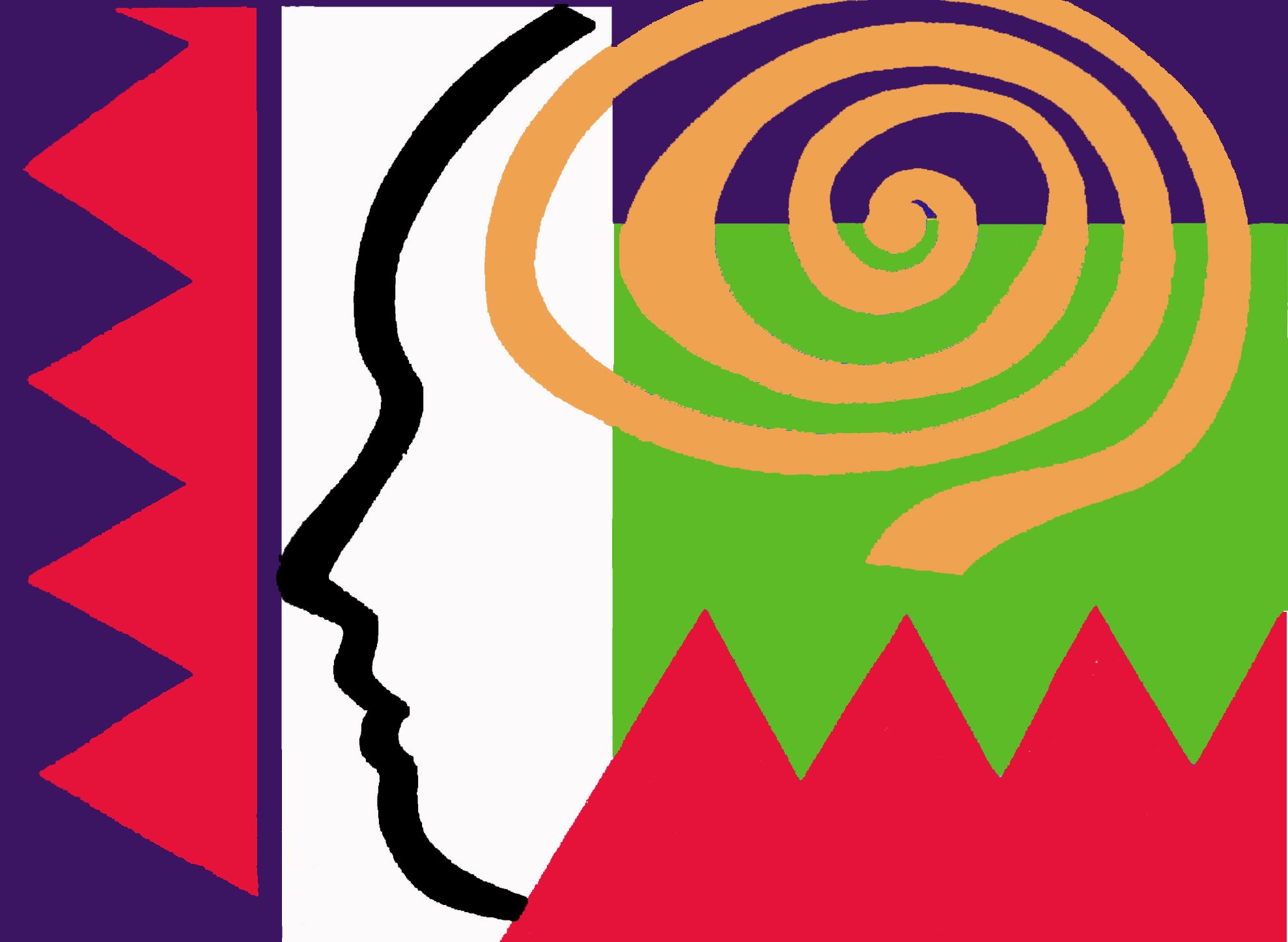 |
1Department of Mathematics,
Florida State University, Tallahassee, FL, U.S.A.
2PET Imaging Center, VA Medical Center,
Minneapolis, MN, U.S.A.
3Department of Radiology, University of
Minnesota, Minneapolis, MN, U.S.A.
4Department of Mathematics, University of
Tennessee, Knoxville, TN, U.S.A.
1,2,3,4Members of the International Neuroimaging
Consortium
|



|
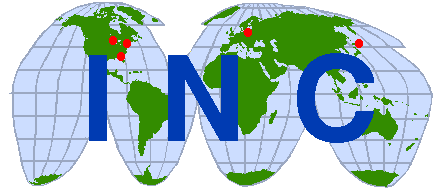
|
|
| |
| |
|
|
|
| |
|
|
|
|
| |
|
|
Introduction
- cortical flat maps serve as a visualization tool that enhance informational content
of functional and anatomical neuroimages by revealing spatial relationships not previously
apparent
- flat maps facilitate comparisons between individuals and groups of subjects
We demonstrate software that can be used to create cortical flat
maps. These maps exhibit conformal behaviour in that angular distortion is controlled.
|
| |
| |
|
|
|
| |
|
|
|
|
| |
|
|
CirclePack
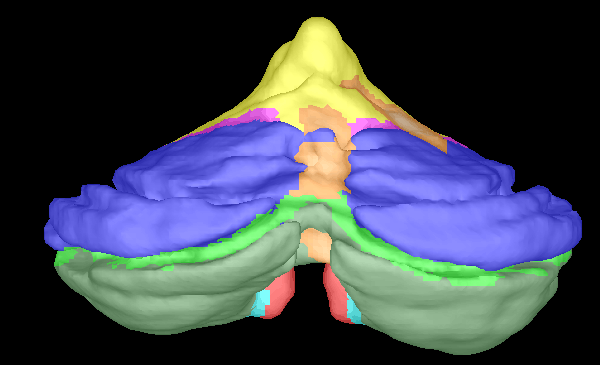
Quasi-Conformal Euclidean and Spherical Maps (right) of the
Cerebellum (above) can be created using CirclePack. |
|
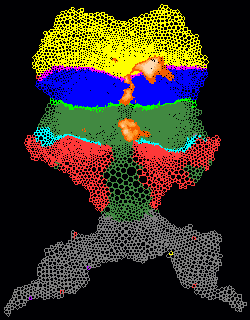
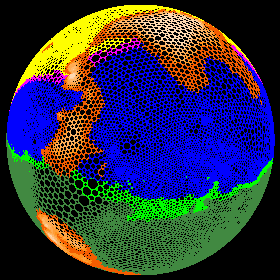 |
|
| |
| |
|
|
|
| |
|
|
|
|
| |
|
|
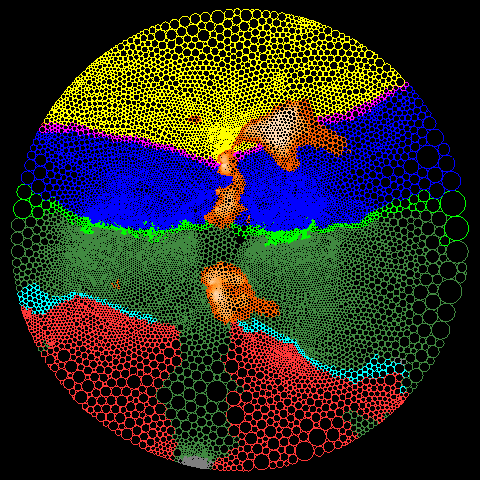 |
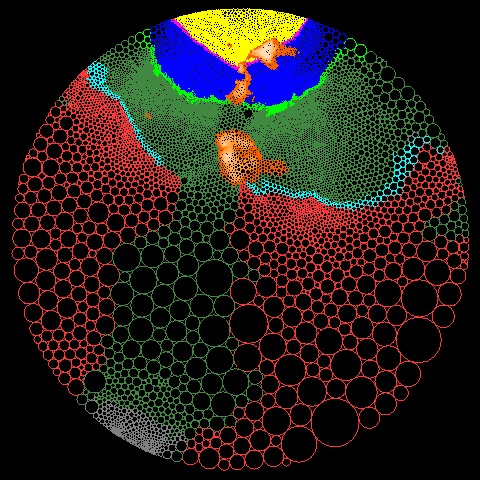 |
| Hyperbolic Maps:
Areas of map distortion can be altered by interactively changing the location
of the map focus.
|
|
| |
| |
|
|
|
| |
|
|
|
|
| |
|
|
Advantages of Our Approach
- mapping is quasi-conformal (angular distortion is controlled)
- maps can be displayed in the Euclidean plane, hyperbolic planes, and on a sphere
- origin and distortion of flat maps in the hyperbolic plane can be interactively
transformed in real time
- easy to impose a coordinate system and compare different maps
- conformal mappings are canonical and hence mathematically unique
|
| |
| |
|
|
|
| |
|
|
|
|
| |
|
|
For more
information...
- see our reprint: "Quasi-Conformally Flat
Mapping the Human Cerebellum" in Lecture Notes in Computer Science,
Springer-Verlag, Berlin, vol. 1679, pp. 279-286,1999.
- contact: Dr. Monica K. Hurdal, Department of
Mathematics, Florida State University, Tallahassee, FL., U.S.A., 32306-4510.
Phone: (+1-850) 644-7378;
Email: mhurdal@math.fsu.edu;
WWW:
http://www.math.fsu.edu/~mhurdal or visit the International
Neuroimaging Consortium page
(
http://pet.med.va.gov:8080/incweb/). This
work has been supported in part by NIH grants MH57180 and NS33718.
|
| |
| |
|
|
|
| |
|
|
|
|
| |
|
|
Cerebellar Isolation
Beginning with a stripped brain:
- rotate the volume to make the line through the posterior commissure and the obex be
vertical
- sever the brainstem at the first slice above the cerebellum
- beginning at the anterior surface of the brainstem, remove all
exposed* white matter in a plane parallel to the PC-obex line and
perpendicular to the inter-hemispheric plane
- continue removing exposed white matter in the peduncles until reaching the lingula.
* air would touch exposed surfaces in a real-world object
|
| |
| |
|
|
|
| |
|
|
|
|
| |
|
|
Corner Cube
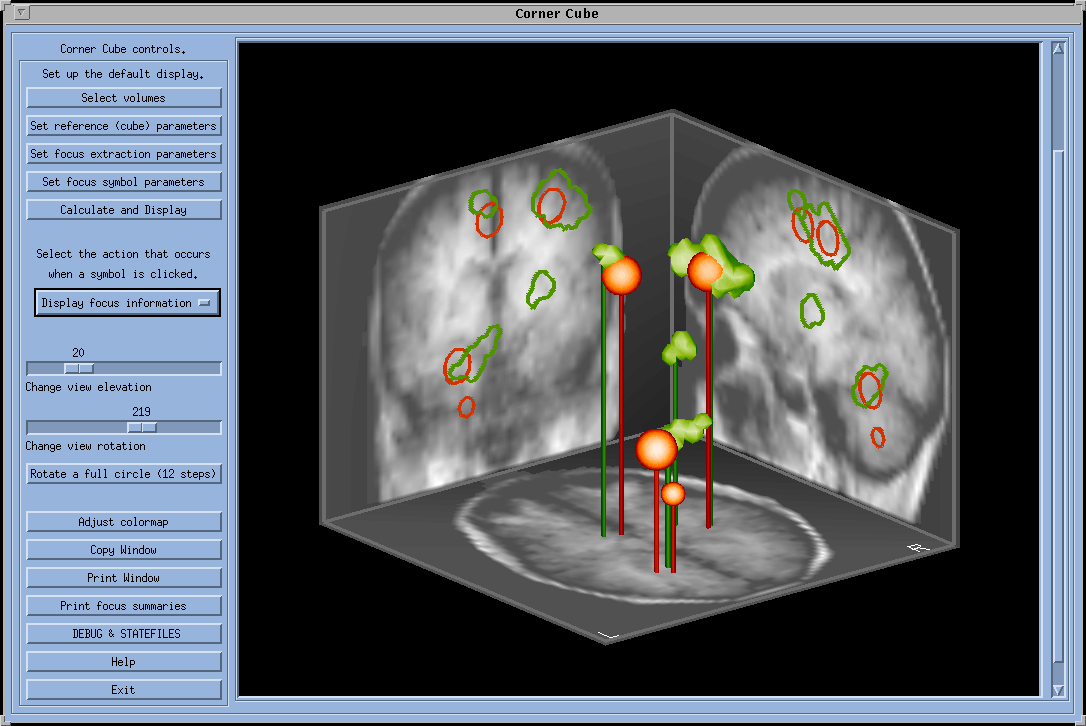
|
| |
| |
|
|
|
| |
|
|
|
|
| |
|
|
For more
information...
- contact: Dr. Kelly Rehm, PET Imaging Center, VA Medical
Center, University of Minnesota, Minneapolis, MN., U.S.A., 55417.
Phone: (+1-612) 725-2230;
Email: kelly@pet.med.va.gov;
or visit the International Neuroimaging Consortium page:
http://pet.med.va.gov:8080/incweb/
This work has been supported in part by NIH grants MH57180 and NS33718.
|
| |
| |
|
|
|
